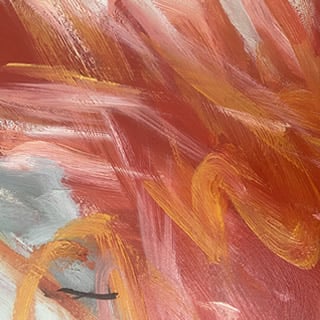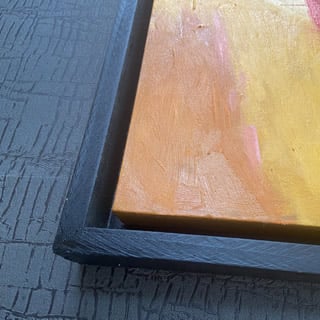

| Size | Hand-painted Artwork |
HD Canvas |
|---|---|---|
| 20 x 14 in 50x38 cm |
— | $ 99.00 Buy Now |
| 32 x 23 in 80x60 cm |
$ 601.00 Buy Now |
$ 127.00 Buy Now |
| 40 x 29 in 100cm x 75 cm |
$ 745.00 Buy Now |
$ 168.00 Buy Now |
| 48 x 35 in 120cm x 90 cm |
$ 1062.00 Buy Now |
$ 190.00 Buy Now |
| 60 x 44 in 150cm x 113 cm |
$ 1449.00 Buy Now |
— |
| 79 x 59 in 200cm x 150 cm |
$ 2365.00 Buy Now |
— |
| 99 x 74 in 250cm x 188 cm |
$ 3409.00 Buy Now |
— |
Our high-quality oil painting reproductions are hand-painted on the finest canvas using only the finest pigments. What makes our high-quality paintings better?

High-quality canvas and paint.

Canvas stretched on chassis for free.

Free framing for your artwork.

Choice of three frame colors.
We can send your Hopper, South Carolina Morning 1955 museum quality anywhere in the world at UPS or Fedex shipping cost price. For free if just the canvas rolled in a sturdy tube.
